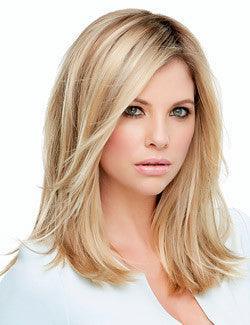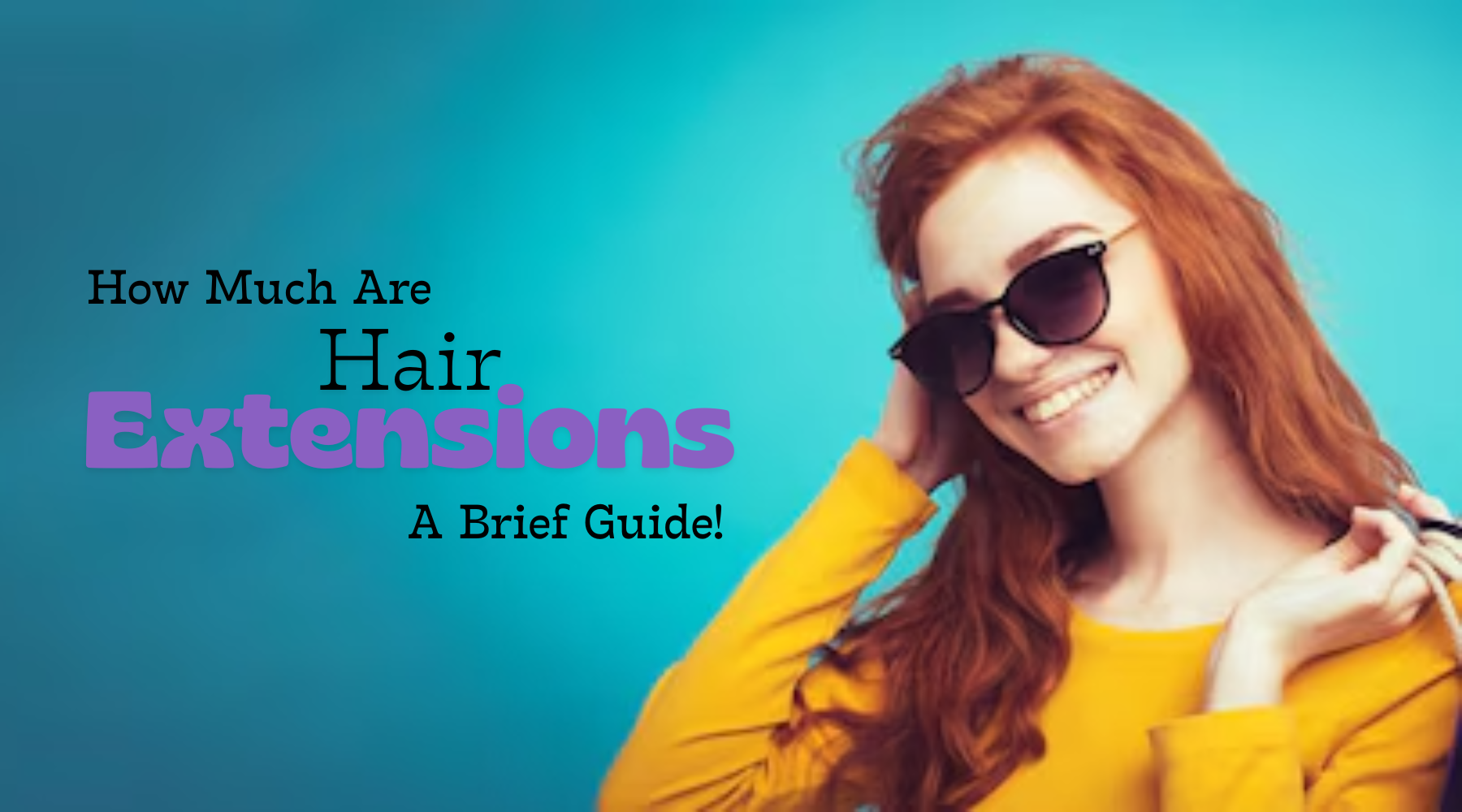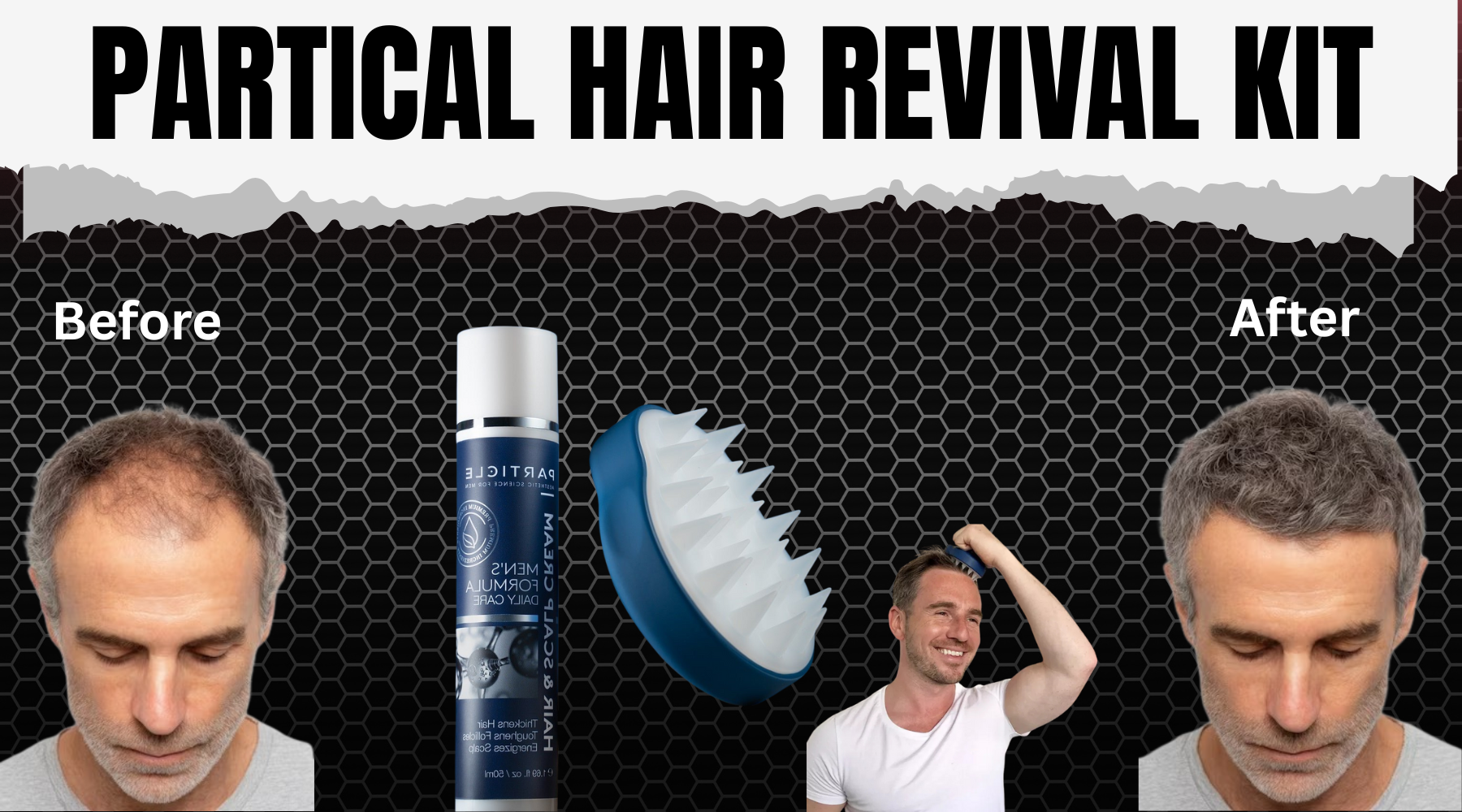The Stresses Put on Tresses
Damage.
Breakage.
Hormones.
It is only natural as we age that our hair begins to grow thinner, but just thinking about thinning hair, let alone trying to style it, can be exhausting.
Don’t let hair styling challenges create more bad hair days than good ones. If you are tired of finding ways to style your thinning hair, maybe it is time to consider the benefits of adding hair extensions and toppers to your beauty routine.

Why Is My Hair Thinner Now?
No one wants to admit it, but it is important to remember our bodies go through a lot of changes as we age, and our hair is no exception.
Our hair goes through a growth cycle, which has three main phases: growing, resting, and shedding. As we get older, this cycle can slow down, and hair may start to grow more slowly or not at all.
Second, there are little pockets in our skin called hair follicles. Each hair follicle is like a tiny factory that makes hair. But as we age, some of these factories might slow down or stop working altogether, resulting in fewer hairs being produced.
Third, our bodies produce hormones, essentially our body’s messenger system. They help control lots of different things, including hair growth. The levels of these hormones can change throughout our lives, which can affect how our hair grows and can make it thinner.
Lastly, other factors like stress, diet, overall health and even styling techniques, like heat styling or gels, can impact how our hair grows.
In our experience, there’s not just one reason why hair becomes thinner over time. It’s a mix of different factors, and everyone’s body reacts to aging differently. It’s all part of the wonderful journey of getting older!
However, thinning hair does not mean you deserve more bad hair days than good ones. Today’s hair challenges are a thing of the past, thanks to the latest hair extensions and toppers.
Hair Through Thick and Thin
Choosing the best hair extensions that add the desired length and fullness to your natural hair without causing damage is an important choice.
So how do you know which option is best for your hair type?
First, let’s understand what we mean by thick or thin hair. When we say “thin” or “thick”, we’re usually referring to the number of hair strands we have (hair density) and how wide individual strands are (hair thickness). Fortunately, there are simple tricks to figure this out at home.

To check the thickness of individual hair strands, take a single hair strand between your fingers. If you can hardly feel it, or if it’s hard to see, then your hair strand is likely thin. If you can feel the hair strand pretty well, then it’s likely medium. If it feels strong and hard to miss, it’s likely thick.
To check your hair density (how much hair you have on your head), start with dry hair. Take a handful of hair around the top and sides of your head, like you’re going to make a ponytail. If your ponytail is less than two inches thick when you circle it with your fingers, you probably have thin-density hair. If it’s two to four inches, you likely have medium-density hair. If your makeshift ponytail is four or more inches thick, you have high-density (or thick) hair!
Extensions or Toppers?
Now that you’ve gotten to the root of the problem, picking the right hair extensions or toppers is easy!
Extensions can give your hair more volume and create the appearance of a thicker-density head of hair.
Tape-in extensions are great for thin-density hair. They’re light and don’t pull on your roots too much, which is important because you don’t want to cause any breakage. They’re also flatter against the head, so they can blend in nicely with your natural hair.
Clip-in extensions can also work for thin-density hair, but you have to be careful. You don’t want to use too many or ones that are too heavy, as they can pull on and damage your hair. Look for light extensions that are designed specifically for thin hair.
Another great way to add volume to thinning hair caused by thin strands is with hair toppers. These weave extensions are temporary, can be washed, and will not damage your natural hair.

Monofilament toppers are designed with each hair individually tied to a soft mesh cap. This makes them look natural, and it also means they’re light and won’t weigh your hair down.
Lace front toppers use a sheer lace front where hair is hand tied to the lace piece, creating a natural hairline. This can be a great choice if you have thin hair, as it blends seamlessly with your own hair.
If your hair is thinning and the shafts are fine, choosing extensions that reduce the damage that synthetic hair options have on fine hair strands is your path to success.
Shop Ultimate Looks Hair Extensions and Toppers
Whether you are shopping for extensions, toppers, or wigs, Ultimate Looks has your back with hundreds of styles and colors. Rediscover your inner beauty and leave everyone asking the secret to your new styles.






Perica perfect